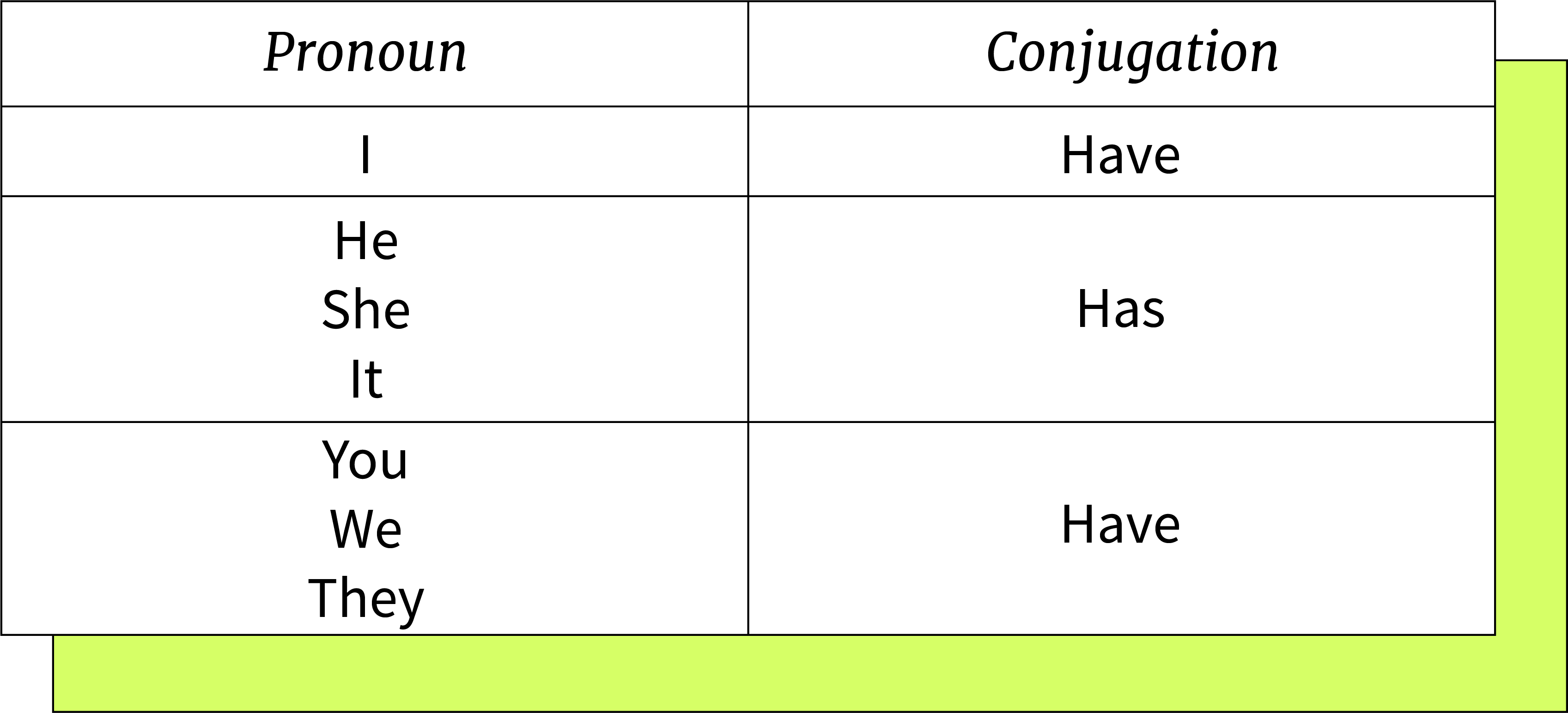Unlocking Business Success: Comprehensive Examples and Applications of Business Analytics
Introduction: The Power of Business Analytics
Modern organizations generate massive quantities of data through daily operations, customer interactions, and marketplace activity. But raw data alone delivers little value-only through systematic analysis can businesses gain the insights they need to make smarter decisions, anticipate trends, and maintain a competitive edge. Business analytics is the discipline that transforms data into actionable intelligence, enabling companies to optimize strategy, improve operations, and identify new opportunities. This article explores core examples of business analytics, explains how they are used across industries, and provides practical guidance on implementation.
Understanding Business Analytics: Definitions and Key Concepts
Business analytics refers to the combination of statistical methods, computing technologies, and business intelligence practices for uncovering patterns, relationships, and insights in data. The goal is to support evidence-based decision-making at all levels of an organization [2] . Business analytics is distinct from, but related to, business intelligence: while BI focuses on data infrastructure and reporting, analytics delivers the in-depth analysis that turns data into actionable recommendations [2] .
The Four Main Types of Business Analytics
There are four widely recognized types of business analytics, each with unique applications and benefits [1] , [3] :
Descriptive Analytics
Descriptive analytics focuses on understanding what has happened by analyzing historical data and tracking key performance indicators (KPIs). This includes generating reports and dashboards that visualize sales trends, production rates, customer behavior, and operational efficiency. For example, a retail chain might use descriptive analytics to monitor weekly sales by product category, identifying which items are top sellers and which are underperforming.
How to implement: Start by gathering accurate historical data from your business systems. Use tools like spreadsheets, business intelligence platforms, or specialized analytics software to create visualizations and summary statistics. Make regular reporting a habit to keep stakeholders informed.
Example: An e-commerce company reviews monthly traffic, sales, and conversion rates to pinpoint periods of high and low demand, enabling better planning for marketing campaigns and inventory management.
Diagnostic Analytics
Diagnostic analytics goes a step further by answering why certain events occurred, using more advanced statistical analysis and data mining techniques. This type of analysis might reveal the root cause of a sudden drop in website traffic, an increase in customer returns, or a spike in production costs [3] .
How to implement: Combine data from multiple sources, such as transaction records, customer feedback surveys, and operational logs. Use comparative analysis-such as segmenting data by region, time period, or customer type-to identify correlations and likely causes.
Example: A software company experiences a dip in user engagement. By analyzing usage logs and customer support tickets, it discovers that a recent update introduced a bug affecting a key feature, allowing the team to prioritize a fix.
Predictive Analytics
Predictive analytics leverages historical data, statistical models, and machine learning to forecast future outcomes. This is particularly useful for anticipating market trends, customer behavior, inventory needs, and financial performance [3] .
How to implement: Use software tools with predictive modeling capabilities, such as regression analysis or machine learning algorithms. Gather as much historical and contextual data as possible to improve the accuracy of predictions. Regularly test and refine models as new data becomes available.
Example: A logistics company uses predictive analytics to estimate seasonal demand for deliveries, enabling it to optimize staffing and fleet allocation in advance.
Prescriptive Analytics
Prescriptive analytics combines elements of descriptive and predictive analytics to recommend specific actions that will optimize outcomes. This approach often uses simulations, optimization algorithms, and scenario analysis to suggest the best course of action given certain constraints [3] .
How to implement: Begin with a well-defined business problem and relevant data. Use optimization software or advanced analytics platforms to model different scenarios and generate actionable recommendations. Involve domain experts to validate results and ensure recommendations are practical.

Source: userpilot.com
Example: A manufacturing plant uses prescriptive analytics to minimize production downtime by optimizing machine maintenance schedules based on predicted failure patterns.
Real-World Examples of Business Analytics in Action
Business analytics is not limited to one industry or function. Here are examples of how analytics is transforming key sectors [5] :
Retail
Retailers use analytics to optimize inventory management, personalize marketing, and enhance customer experiences. By analyzing point-of-sale data and customer purchase histories, businesses can predict demand, reduce stockouts, and create targeted promotions.
Healthcare
Healthcare organizations leverage analytics to improve patient outcomes, manage costs, and streamline operations. Analytics helps hospitals predict patient admission rates, identify at-risk populations, and monitor the effectiveness of treatment protocols.
Financial Services
Banks and insurance companies use analytics for credit risk assessment, fraud detection, and customer segmentation. Predictive models evaluate loan applications, while real-time analytics flag unusual transaction patterns for further investigation.

Source: userpilot.com
Marketing
Marketing teams use analytics to measure campaign effectiveness, segment audiences, and optimize ad spend. For example, A/B testing and multi-variable analysis can identify the most effective messaging or channel for reaching target customers.
Manufacturing
In manufacturing, analytics helps with quality control, supply chain optimization, and predictive maintenance. Real-time monitoring of production lines enables early detection of defects and bottlenecks, reducing waste and downtime.
Key Methods and Tools in Business Analytics
The methods and tools used in business analytics are diverse, but some of the most common include [4] :
- Data aggregation and cleaning: Collecting and preparing data from multiple sources to ensure accuracy and consistency.
- Data mining: Using algorithms and statistical techniques to uncover hidden patterns and relationships in large datasets.
- Association analysis: Identifying connections between variables, such as which products are often purchased together.
- Data visualization: Creating charts, graphs, and dashboards to communicate insights clearly.
- Predictive modeling: Applying statistical and machine learning models to forecast future events or behaviors.
- Optimization: Identifying the best possible decisions or resource allocations given constraints and objectives.
Actionable Steps for Implementing Business Analytics
Organizations looking to harness the power of business analytics can follow these steps:
- Define clear business objectives: Start with specific questions or goals that analytics can help answer.
- Collect high-quality data: Ensure your data sources are reliable and comprehensive. Invest in data management practices to maintain accuracy.
- Select appropriate tools: Depending on your needs and resources, choose analytics software that matches your technical expertise and business requirements. Many organizations use platforms like Microsoft Power BI, Tableau, or cloud-based solutions.
- Develop analytical skills: Consider training staff or hiring data analysts with expertise in statistics, programming, and business strategy.
- Act on insights: Encourage a data-driven culture where findings are regularly reviewed and incorporated into decision-making processes.
- Iterate and improve: Continuously review results, refine models, and update methods as your business and market evolve.
If your organization is new to business analytics, you may want to consult with analytics professionals or seek out educational programs at universities or through online learning platforms. For additional guidance, consider reaching out to established analytics associations or searching for ‘business analytics certification’ from recognized institutions.
Potential Challenges and Solutions
While the benefits of business analytics are clear, organizations may face challenges such as data quality issues, lack of skilled personnel, or resistance to change. Solutions include:
- Investing in robust data management systems
- Providing ongoing training and professional development
- Fostering a culture that values data-driven decision-making
- Starting with small, impactful projects to demonstrate value before scaling up
Conclusion: Maximizing Value with Business Analytics
Business analytics offers organizations a powerful toolkit for making smarter decisions, improving efficiency, and gaining a competitive edge. By understanding and implementing descriptive, diagnostic, predictive, and prescriptive analytics, companies across industries can unlock new levels of performance and innovation. Whether you are just starting out or looking to advance your analytics capabilities, focusing on high-quality data, clear objectives, and continuous improvement will position your organization for success.
References
- [1] Indeed (2025). What Are Analytics in Business? (Definition and Examples).
- [2] IBM (2023). What Is Business Analytics?
- [3] Infor (2025). What is Business Analytics? Definition, Types & Examples.
- [4] Wake Forest University (2025). What is Business Analytics?
- [5] Domo (2024). Business Analytics: What It Is, Types, and Examples.
MORE FROM eboxgo.com













